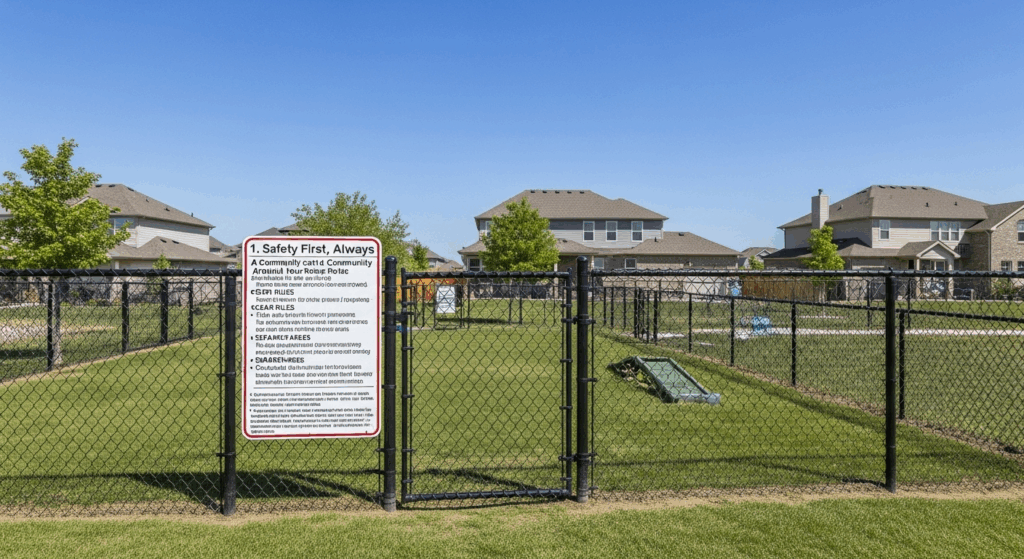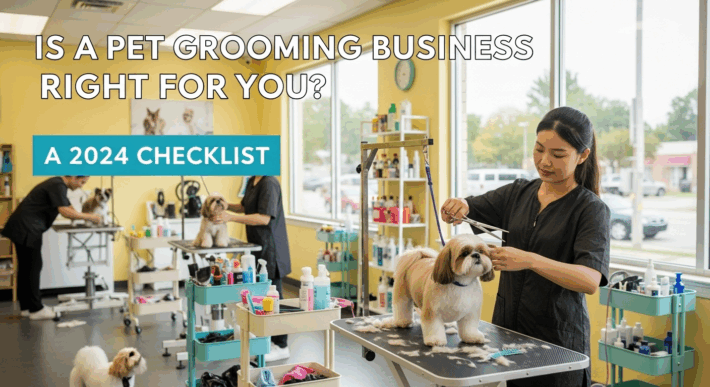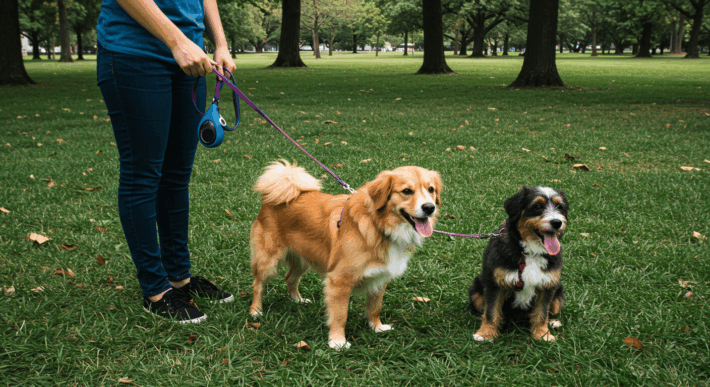How to Build a Thriving Community Around Your Dog Park

A dog park can be so much more than just a fenced-in patch of grass. At its best, it’s the heart of a neighborhood’s pet-loving population. It’s a place where dogs can socialize and burn off energy, and where humans can connect over a shared love for their furry companions. It’s a community center where the “residents” just happen to have four legs and a tail.
But a thriving dog park community doesn’t just happen. It’s built, nurtured, and managed with intention. Whether you’re thinking of starting a private, membership-based park or want to improve a public one, the key is to focus on creating a positive, safe, and engaging environment.
Here’s how you can build a thriving community around your dog park.
1. Safety First, Always
A community can’t flourish if its members don’t feel safe. This is the absolute foundation of a successful dog park.
- Secure Fencing: This is non-negotiable. Fences should be high enough to prevent jumpers and secure at the bottom to deter diggers. A double-gated entry system is crucial to prevent escapes.
- Clear Rules: Post rules prominently at the entrance. These should cover basics like vaccination requirements, cleaning up after your dog, and guidelines for appropriate play.
- Separate Areas: If space allows, having separate sections for large and small dogs can make everyone feel more comfortable and reduce the risk of accidents.
- Active Monitoring: In a private park, this might mean having staff on hand. In a public one, it means fostering a culture where members feel empowered to politely speak up if they see unsafe behavior.
2. Create a Sense of Ownership and Pride
People are more likely to care for a space if they feel a connection to it.
- Membership Model: For a private park, a membership model is a great way to do this. Members who pay a fee are literally invested in the park’s success. This model also allows you to ensure all dogs using the park are registered and vaccinated. You could even offer different tiers of membership or the ability to hire the park for exclusive use.
- “Friends of the Park” Group: For a public park, you can create a volunteer group. This group can organize clean-up days, fundraise for improvements (like a new water fountain or agility equipment), and act as ambassadors for the park.
- Branding: Give your park a name and a logo! It sounds simple, but it creates an identity. T-shirts, bandanas, or car stickers can help spread the word and build a sense of belonging.
3. Foster Social Connections (for the Humans, Too!)
The magic of a dog park is that it’s a social outlet for people as much as it is for pets.
- Host Events: This is where you can get really creative. Organize breed-specific meetups, “yappy hours,” or seasonal parties like a “Howl-o-ween” costume contest. You could host Q&A sessions with a local vet or dog trainer.
- Build an Online Community: A dedicated Facebook or Instagram page for the park is a must. It’s a place to share photos of the park’s furry regulars, post updates about events or maintenance, and allow members to connect with each other. Someone might post, “My beagle, Gus, lost his favorite blue ball at the park today. Has anyone seen it?” This is how digital connections turn into real-world friendships.
A Community in Action: I know a dog park that has a “stick library.” It’s a simple wooden crate filled with smooth, safe sticks for the dogs to play with. It was started by one of the regulars, and now everyone contributes. It’s a small, charming detail that says, “We’re all in this together.”
4. Provide Excellent Amenities
Thoughtful amenities show that you care about the comfort and convenience of your two-legged and four-legged visitors.
- Water Stations: Fresh, clean water is essential.
- Waste Stations: Have multiple stations stocked with bags and covered bins.
- Shade and Seating: Benches for the humans and shady spots for the pups to cool down are crucial, especially in warmer climates.
- Varied Terrain and Enrichment: A flat patch of grass is good, but a great dog park has more. Think sand pits for digging, gentle hills for running, and maybe even some safe, sturdy agility equipment like tunnels and A-frames.
5. Communication is Key
Keep your community informed. Whether you run a private park or a public one, let people know what’s going on.
- Regular Updates: Use your online platforms or an email newsletter to announce maintenance closures, upcoming events, or share fun news.
- Be Responsive: If members raise a concern, listen to them and respond. If you run a private facility, having a system to manage members and communicate with them is vital. A good software platform can help you keep track of your members, manage payments, and send out mass communications.
Building a dog park community is a long-term commitment. It’s about creating a culture of respect, responsibility, and shared joy. When you get it right, your dog park becomes more than just a place; it becomes a destination, a hub, and a cherished community asset where friendships are forged, one wagging tail at a time.
If you’re managing a private dog park, Pet Manager can help you build that thriving community. Our software helps you manage memberships, schedule events, and communicate with your members, all in one place. Take the first step towards a more organized park by starting your FREE 30-day trial at https://petmanager.app/accounts/signup.




